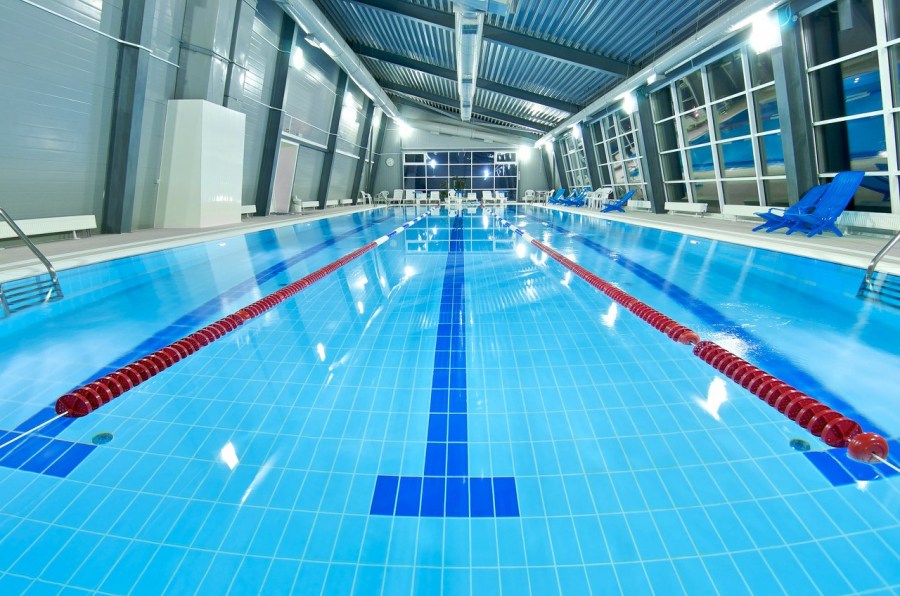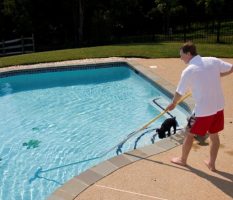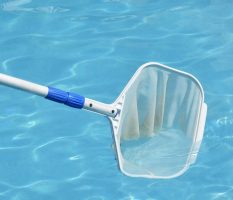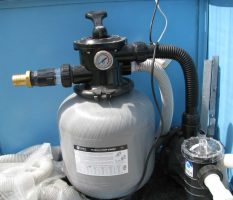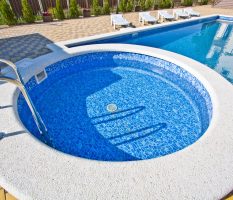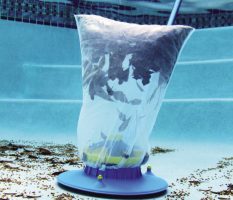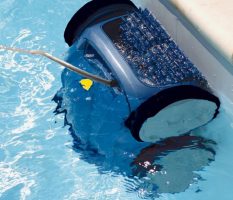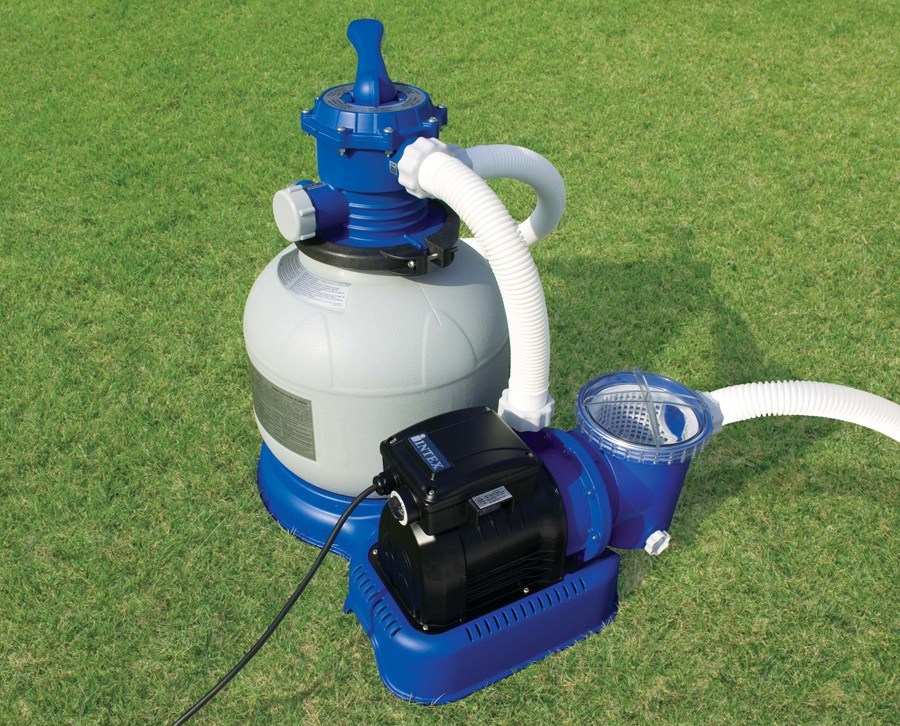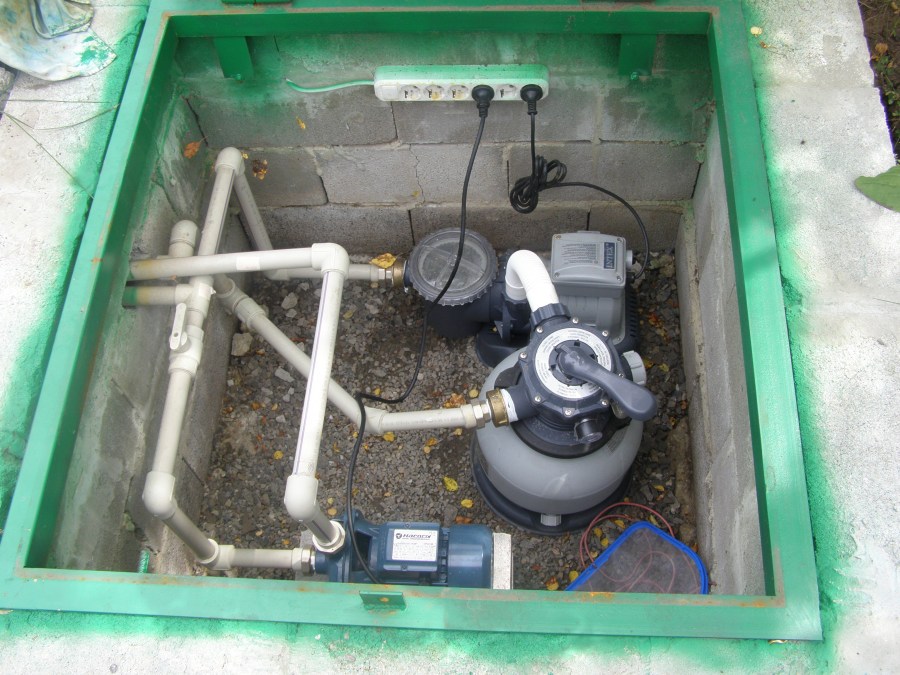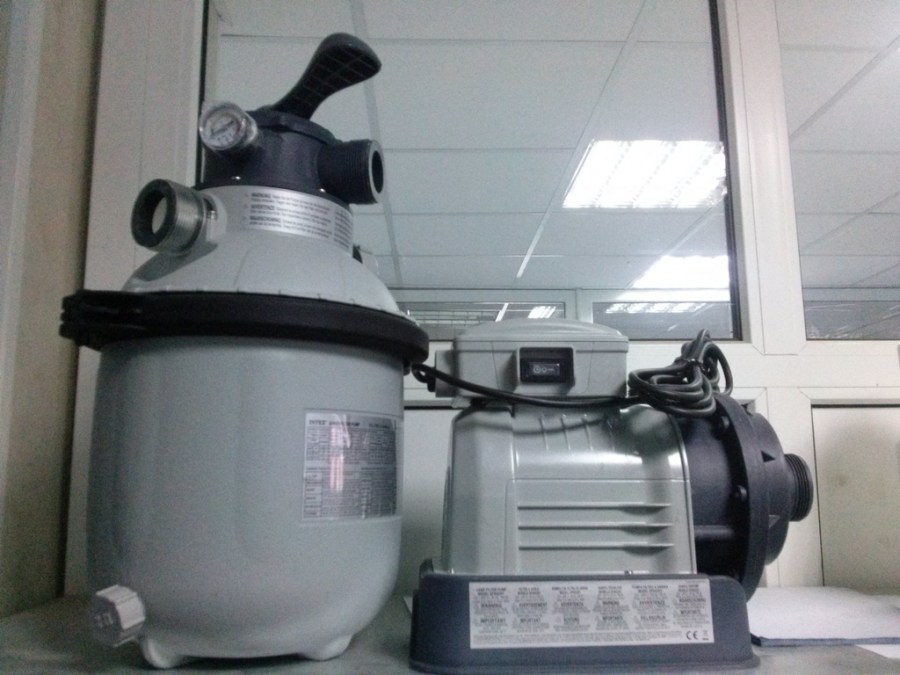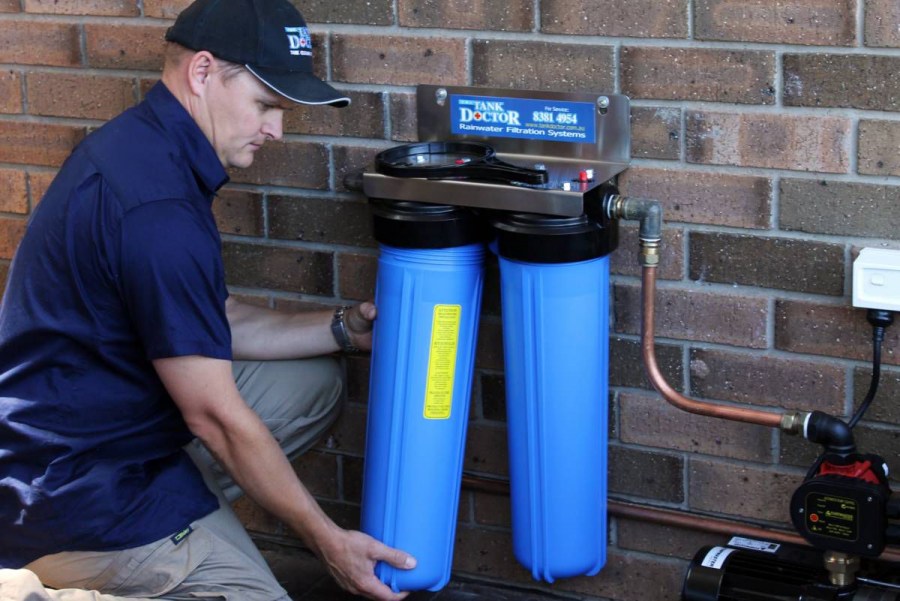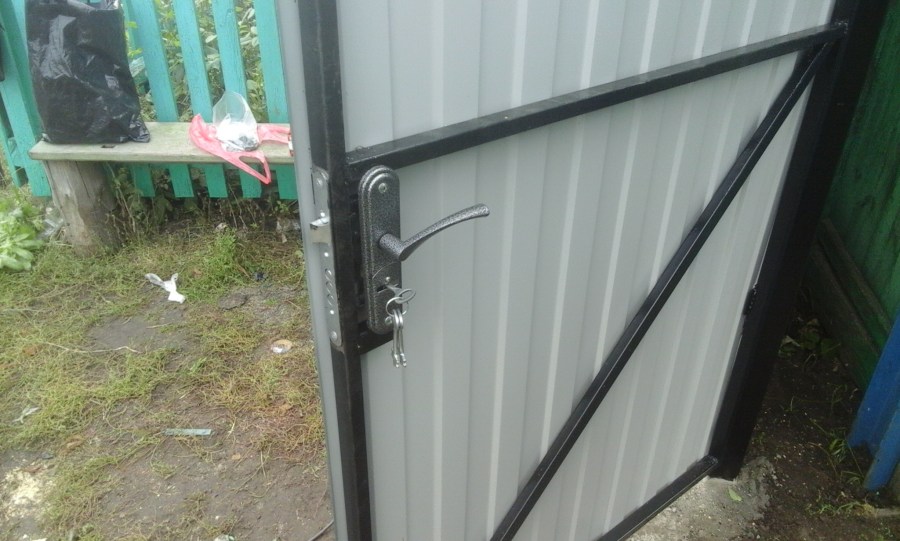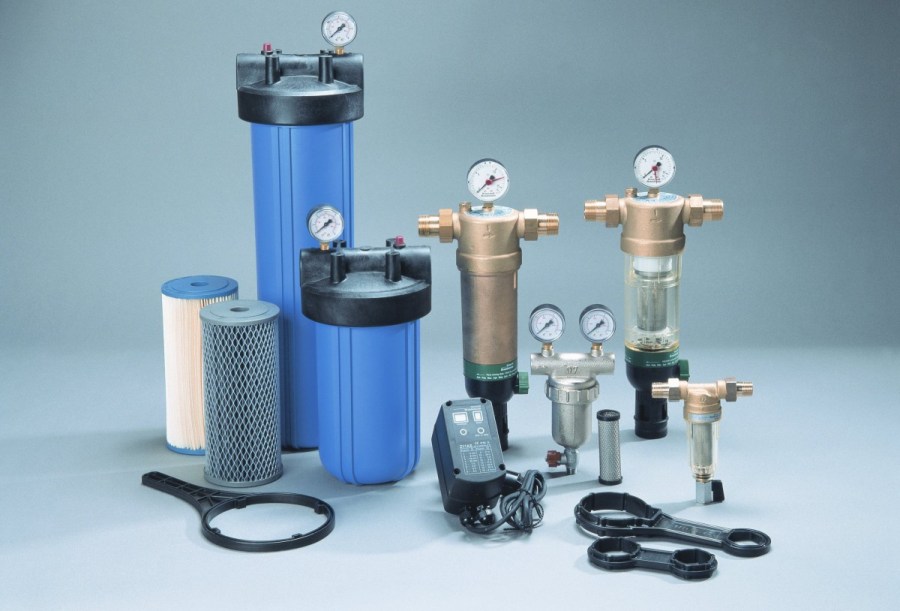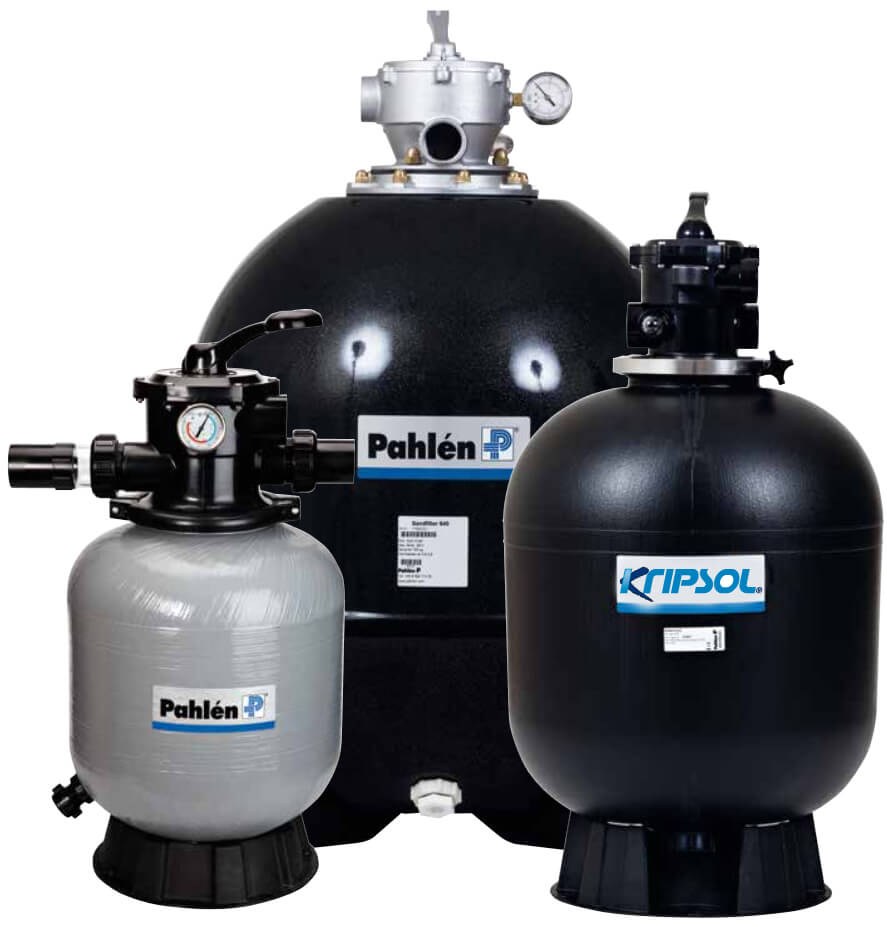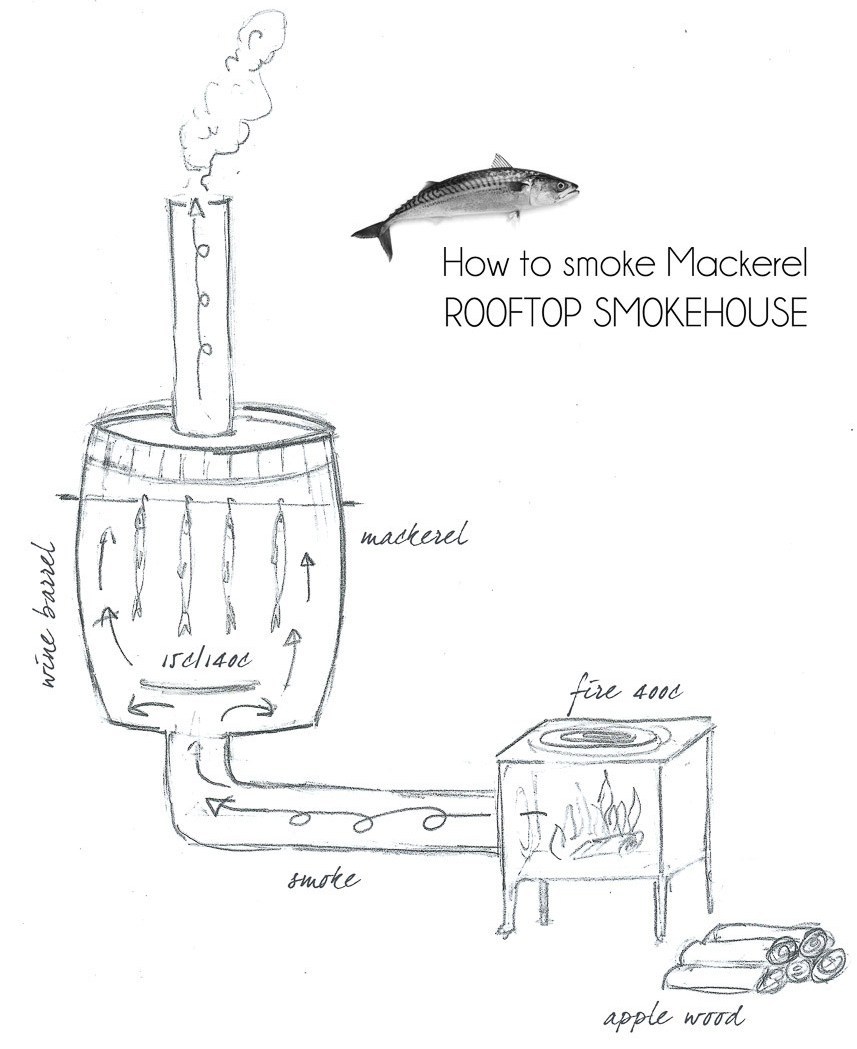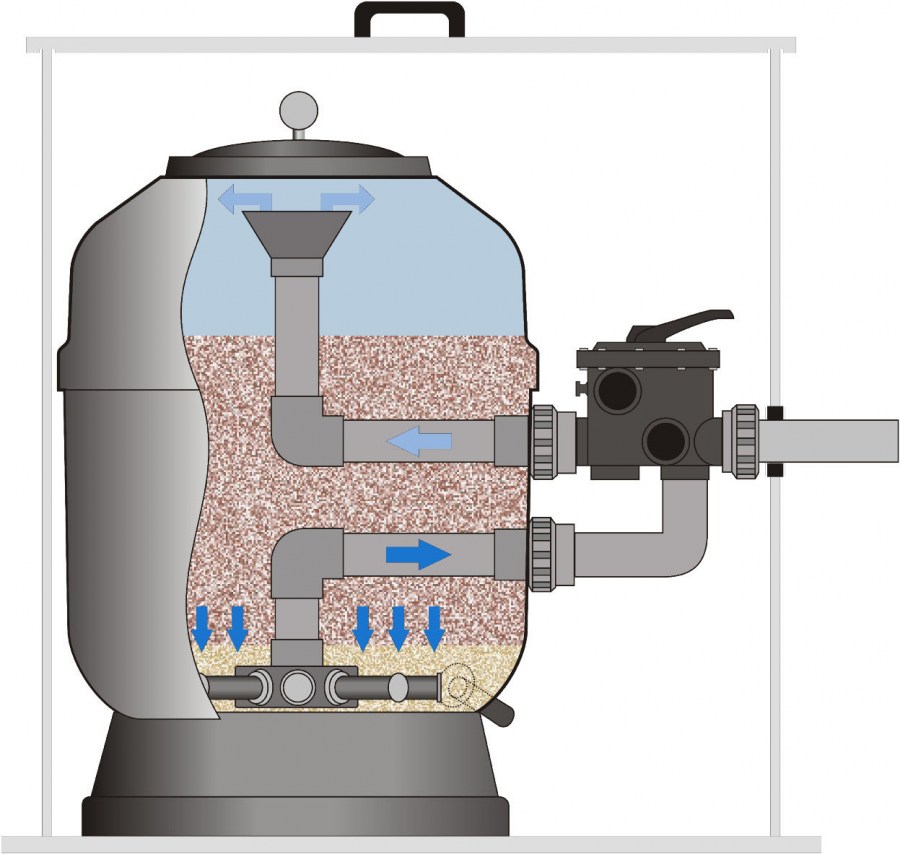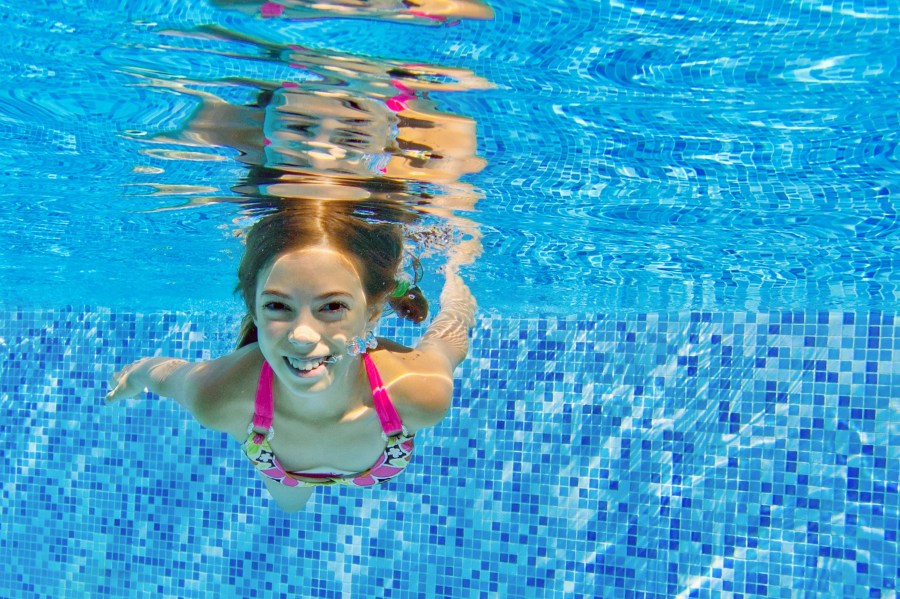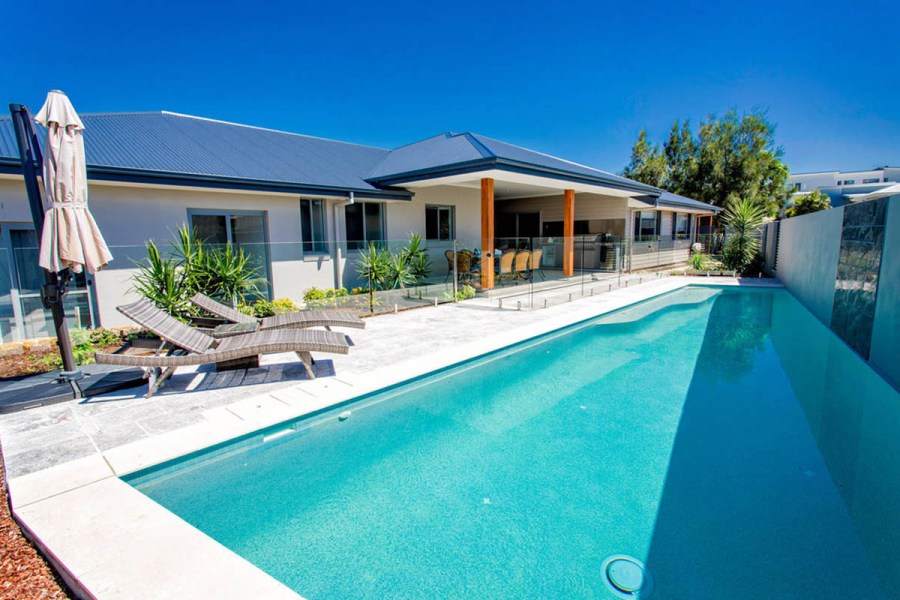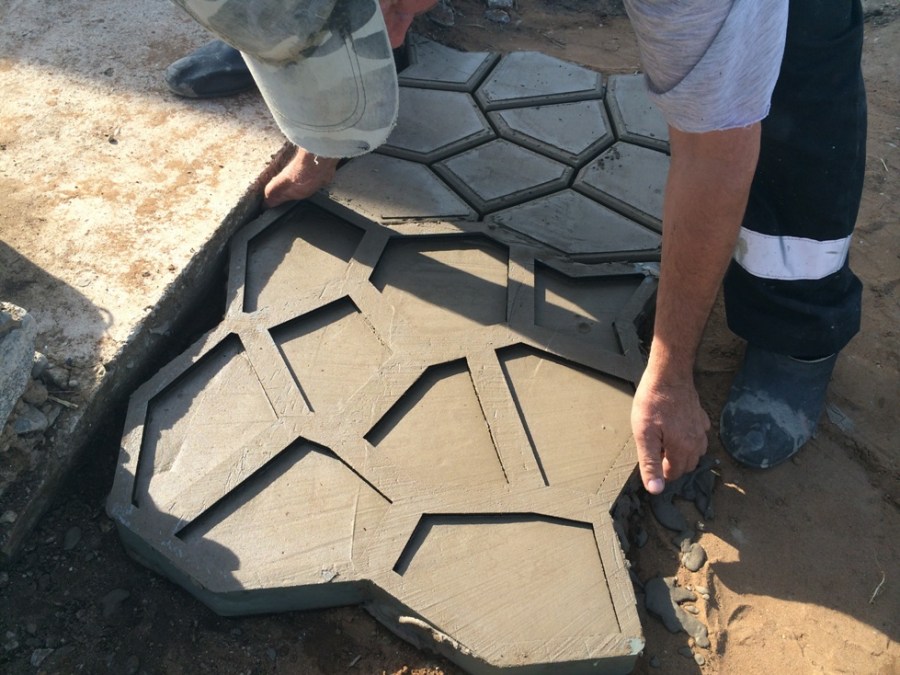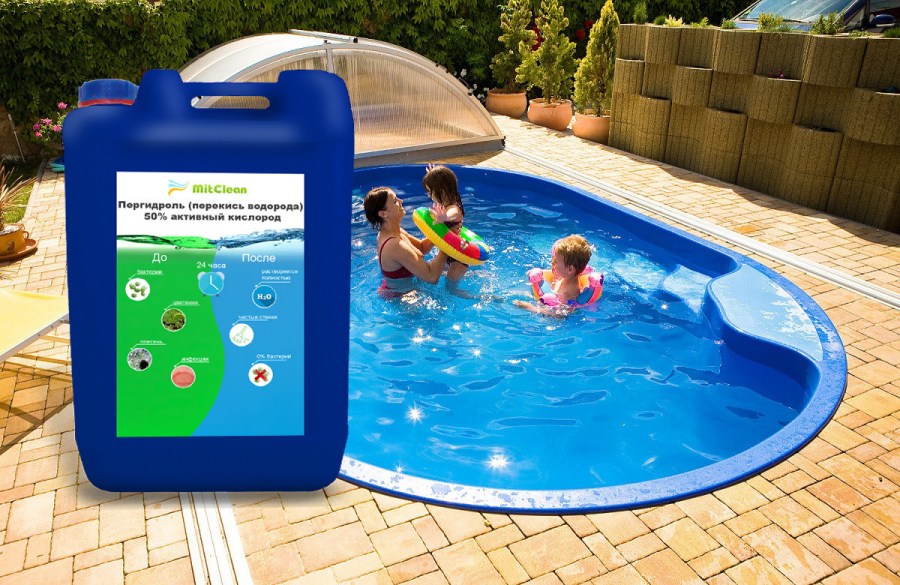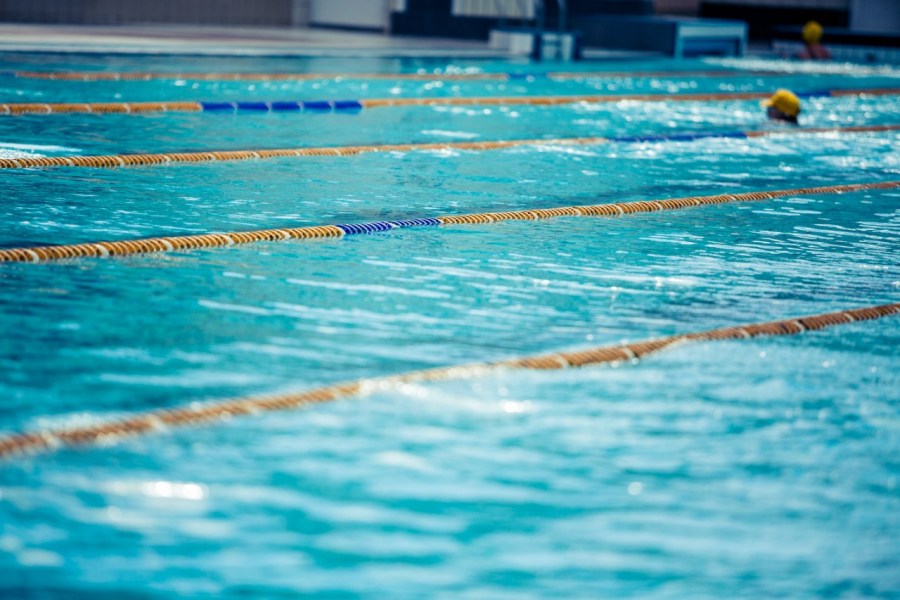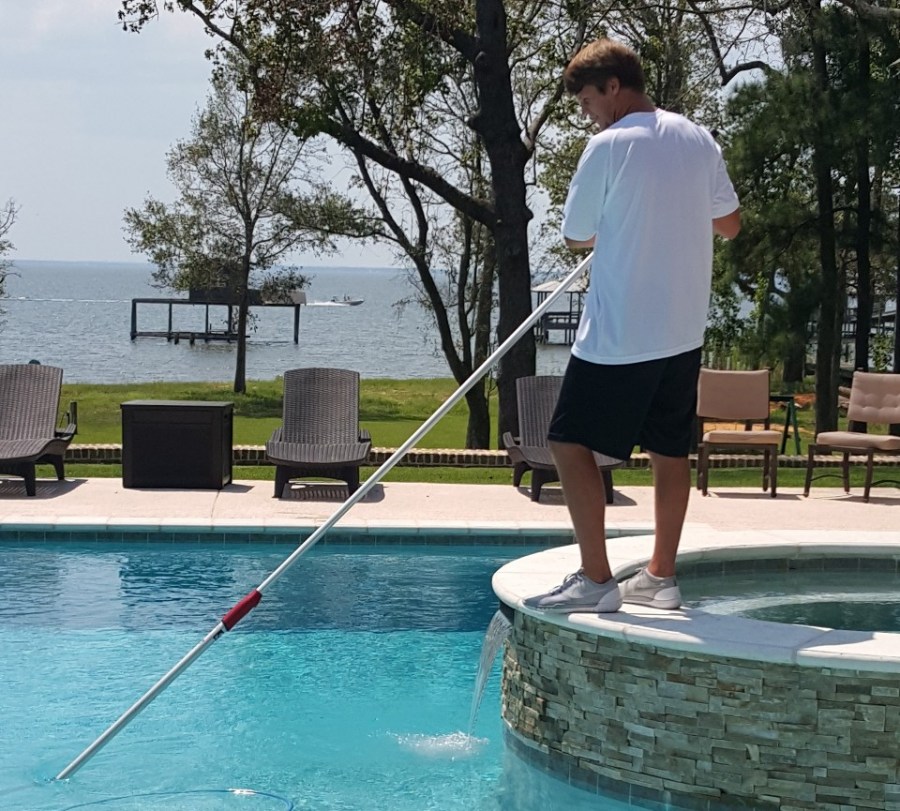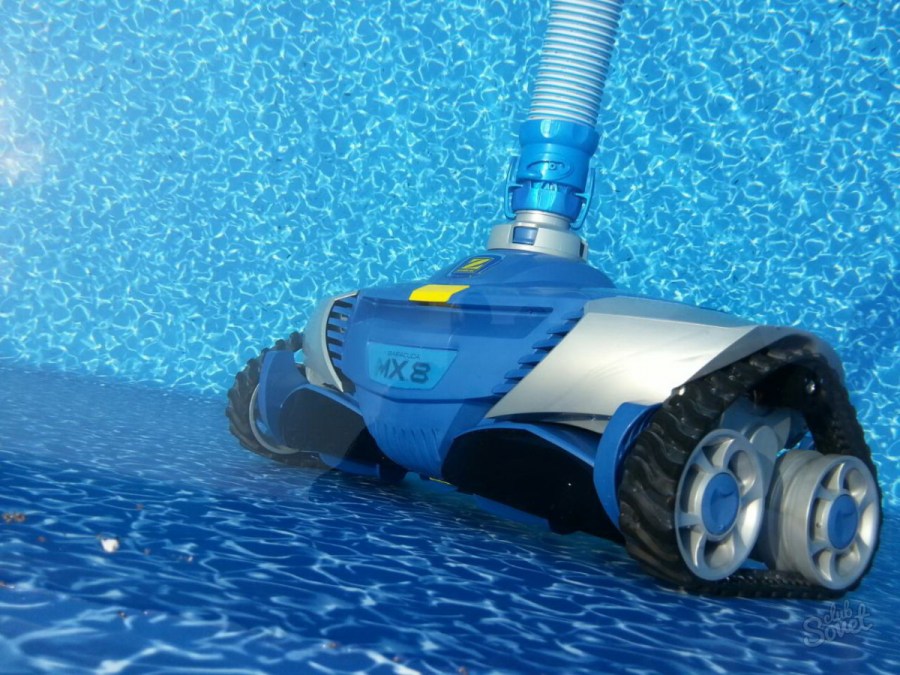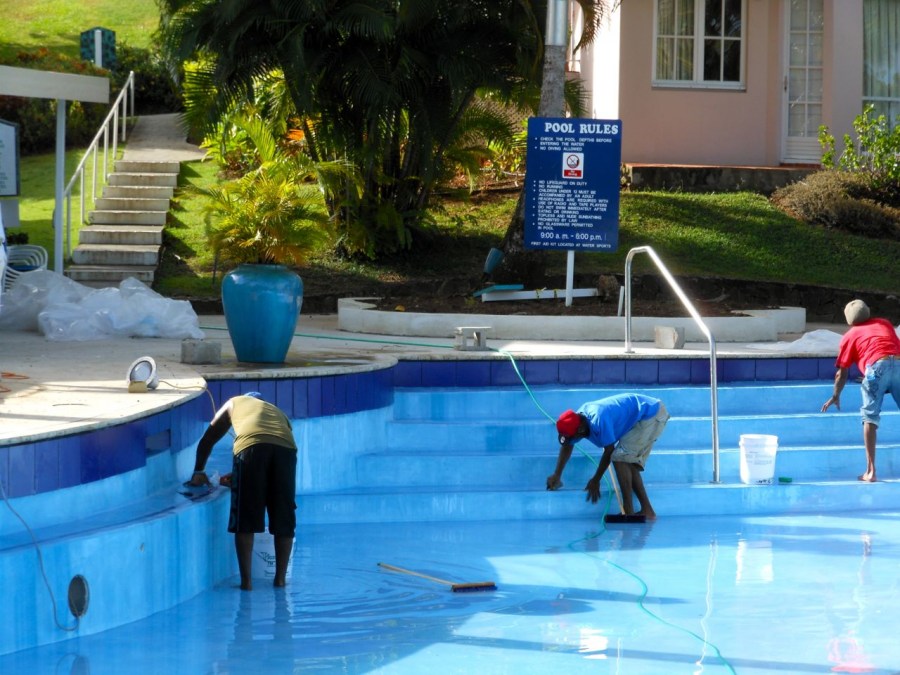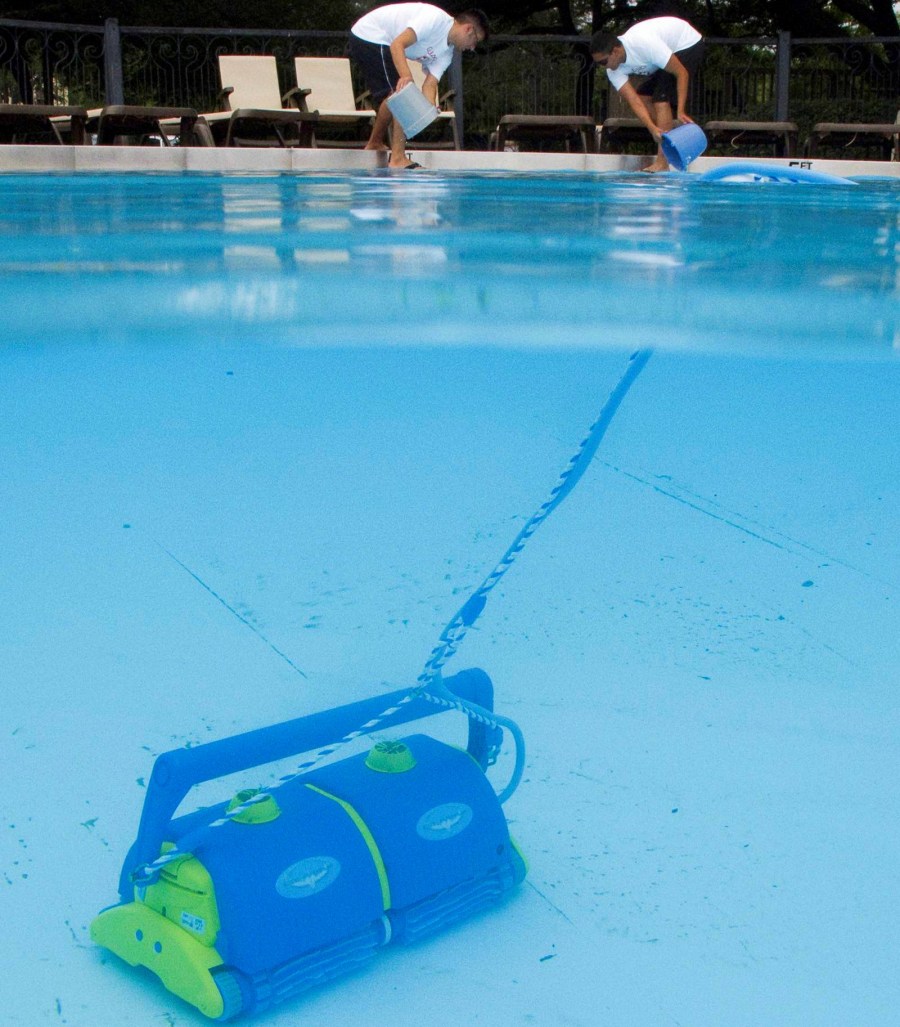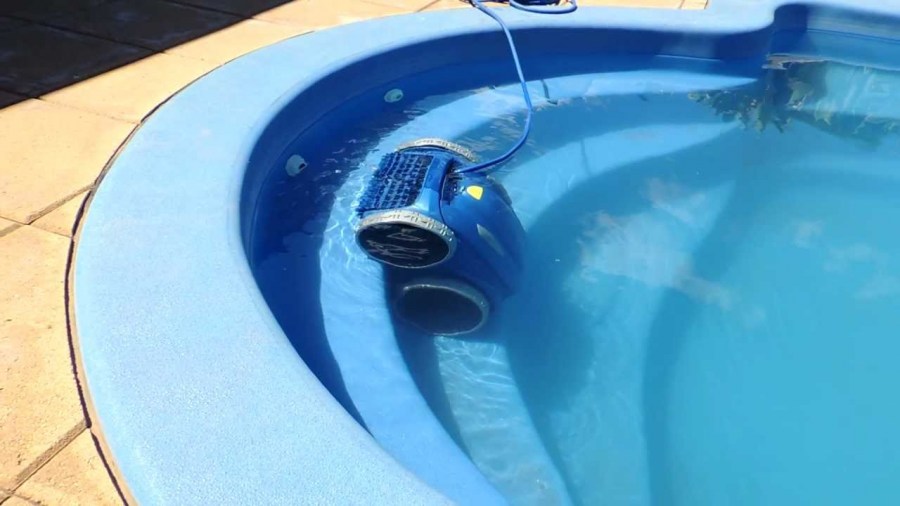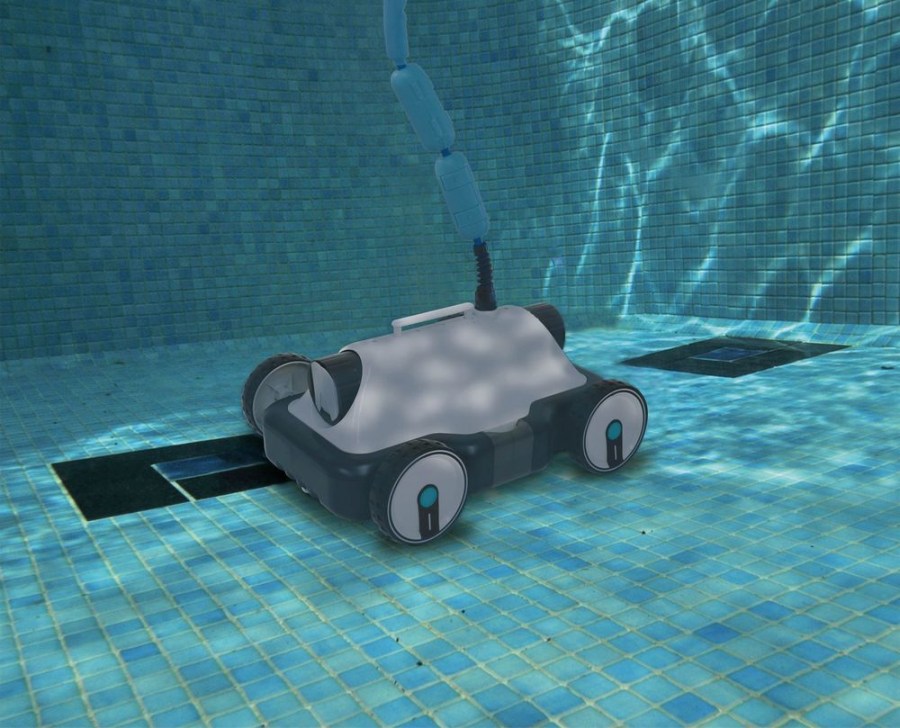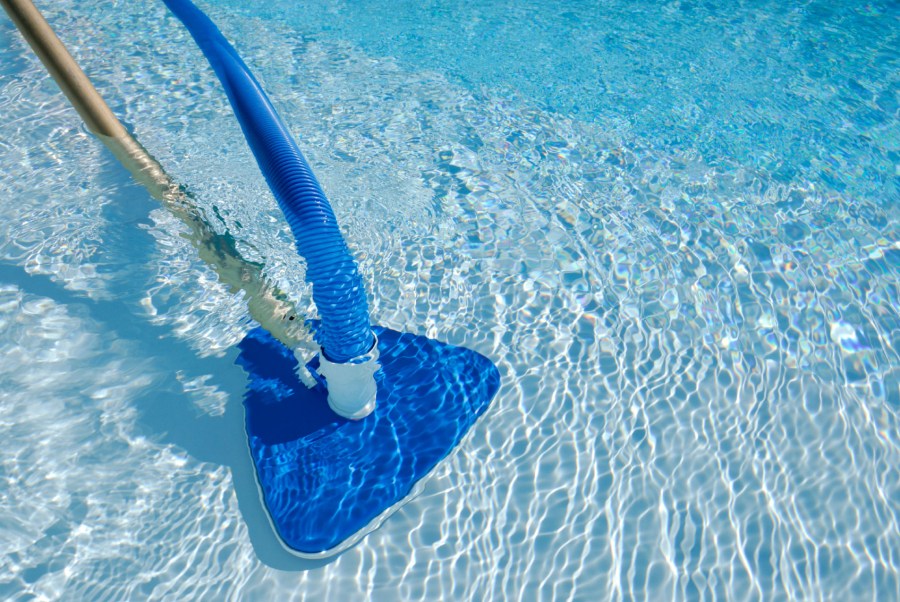Pool cleaning - an overview of fixed assets and cleaning systems (65 photos)
Have you created a pool or purchased its rubber version and think you can use it carefree all summer? Unfortunately, this is an erroneous opinion, it will have to be looked after, otherwise you run the risk of finding yourself in the infectious diseases ward of the hospital instead of resting.
The fact is that water is easily contaminated by a variety of bacteria along with falling leaves, dust and dirt brought into the open spaces of the pool. If you do not pay attention to such processes, then various pathogens can settle in the water, which with any accidental sip of water can end up in the stomach or affect the body through the skin.
But water purification will help protect against such a danger. It can be implemented in various ways, which we will now talk about.
The water in the pool should always have transparent qualities and be clean, which does not depend on the qualities of the materials used to create it. Sometimes it is not used for a long time, but the water will deteriorate in any case, since this is its property. It is easily contaminated in various ways that are independent of the owners of the pool.
It happens that it’s not enough to remove the garbage and replace the water, since pollution has already settled on the floor and walls of the pool. You will collect new water, but soon it will be spoiled, and to cope with this trouble it is necessary to carry out a comprehensive cleaning using various chemicals.
Now you will learn about them and how to use them. And now we offer to get acquainted with the photo of cleaning the pool based on various methods to achieve the desired result. The images show various approaches to solve this problem.
Physical cleaning
It involves getting rid of solid debris of various sizes. Even fine dust particles that can be found must be removed.
For this, cleaning kits are used, consisting of various devices, but most often they are nets, brushes, underwater vacuum cleaners and special filters, as well as chemicals that help to disinfect water.
The fact is that bacteria and microorganisms are not visible to the eye, but be sure they easily settle in dirty water. And substances for disinfection can easily cope with them.
But filters for cleaning the pool should be considered the main device to ensure the safety of its use. They relate to passive cleaning, which helps to cope even with small elements trying to pollute the resting place. Using them, the main line of defense is created. They have a different device.
You can purchase various types that differ in characteristics:
Sand filter
Sand modification contains quartz sand, through which flows of dirty liquid pass for high-quality filtration. This, the simplest and cheapest filter, it is considered a budget model available to most Russians.
It is easy to care for him, only one wash is required during the week. It is necessary to empty the water in the opposite direction and it will take away with it all the stuck particles of garbage. But this will require a lot of water, which may become a problem if it is deficient in the country.
Although there is another significant drawback, it can cope with contaminants that are 20 microns in size or higher.
Tip: Its best qualities open when connected to an inflatable pool modification.
Cartridge Filter
The cartridge-based filter features more advanced features and creates an increased level of protection. It consists of cartridges with a cylindrical shape. They are capable of retaining various elements with a size of 10 microns or more, which provides an increased level of cleaning quality.
But its price is much higher than the sand version. At the same time, it is easier to care for him, it is only necessary sometimes to rinse the main component.
Important: Manufacturers often save on cartridge materials and create them virtually disposable. They have to be changed after one or several applications, which refers to the serious negative side of their use.
Diatom filter
The diatom version of the filter appeared relatively recently, but it quickly managed to establish itself as a reliable way to purify water.
As a working element, it uses shells of fossils from plankton, which are called diatomaceous earth. It extracts particles with a size of 3-5 microns or more from water and allows you to create a new level of purification incomparable with other devices that we examined.
It must be cleaned with a return start procedure, which in principle is not considered a new approach to this process and is easily feasible. Cartridges based on diatomaceous earth are used for it - they will have to be changed several times during the year, taking into account clogging.
However, for all types of devices considered, cleaning pumps will be required that operate for about 6 hours during the day to conduct a high-quality process of eliminating undesirable pool pollutants.
Much depends on their properties and capabilities, because of this it is recommended to use the appropriate version for the selected type of filter, since this is the way to achieve the desired effect from its use.
Why is chemical cleaning necessary and how to carry it out?
Chemical cleaning products are used to achieve many goals. But it is recommended to use them at the right time and not overdo it with this cleaning method.
They are used to provide extra cleanliness and are able to offer:
- Disinfection of water, which leads to its disinfection and safety of use;
- A suitable pH level (water hardness or its acid-base content), providing an optimal environment for contact with the skin;
- Destruction of the smallest particles in the face of bacteria, microorganisms, fatty compounds passing through filters;
- Creating a barrier to the formation of algae, mold in the form of unpleasant green or other formations in one of the sections of the pool.
You do not want to use various chemical compounds, since they do not seem to you very safe? Of course, cleaning the pool with your own hands can help cope with visible garbage!
But what to do with the invisible to your eyes? He will not go anywhere and will have a dangerous effect on the skin and health of the body, even if you do not see it.
Therefore, you have to step over this problem and stop being afraid of chlorine, bromine or active oxygen. Believe me, they will be able to help you in ensuring the proper quality of water for everyday swimming.
Chlorine
Chlorine is available on the basis of tablets, powders or special capsules. Yes, it is considered an aggressive cleaning agent and requires a careful attitude. If you apply it in the correct dosage and follow all the instructions, it will become an excellent assistant for cleaning a pool with any area.
Although it is recommended to resort to its services only for large areas. It has a low cost, but provides a high level of protection.
Bromine
Preparations based on bromine differ in the rate of purification. It is significantly higher than that of chlorine, in addition, it does not emit a specific smell related to the recently considered tool.
Active oxygen
Purification using active oxygen is considered the most enjoyable way, since products based on it do not create any side effects. After their use, lacrimation or allergic rashes will not appear, which often happens after using chlorine.
Moreover, there will be no foam or smell - these are all inventions of people who have never used this method of purifying water in the pool. Experts consider the means based on active oxygen as the safest for human health. And they are recommended for use in the country for personal purposes.
Now you know almost all the methods of water treatment in the pool available for use in the territories of cottages or private homes. All of them differ in various qualities and availability of application. However, you should realize that it is better to use a combination of the proposed options in order to achieve maximum effect.
Photo pool cleaning tips
Do-it-yourself site improvement: photos, instructions, workshops, recommendations from the pros!
Mineral wool mineral insulation: 90 photos + step-by-step instructions for beginners
Join the discussion:
